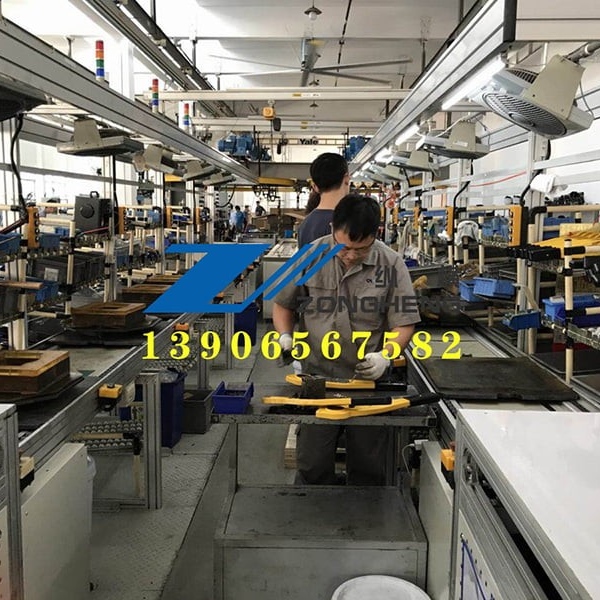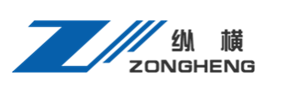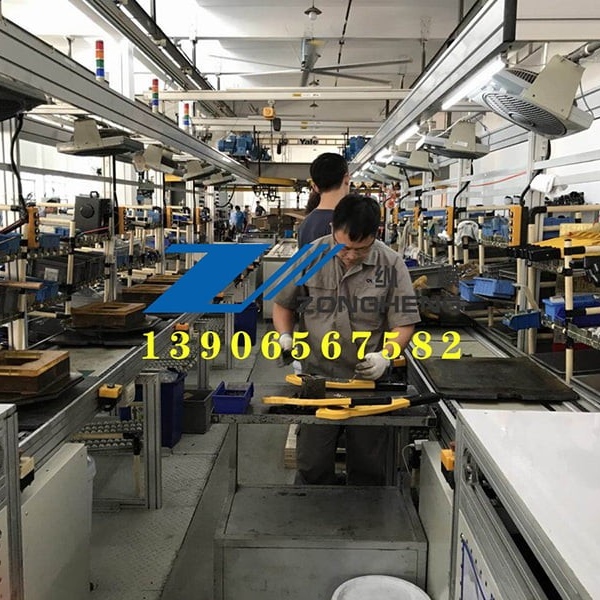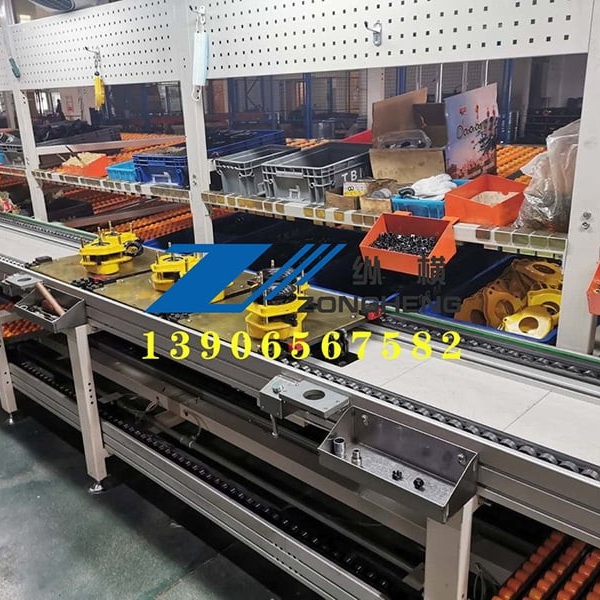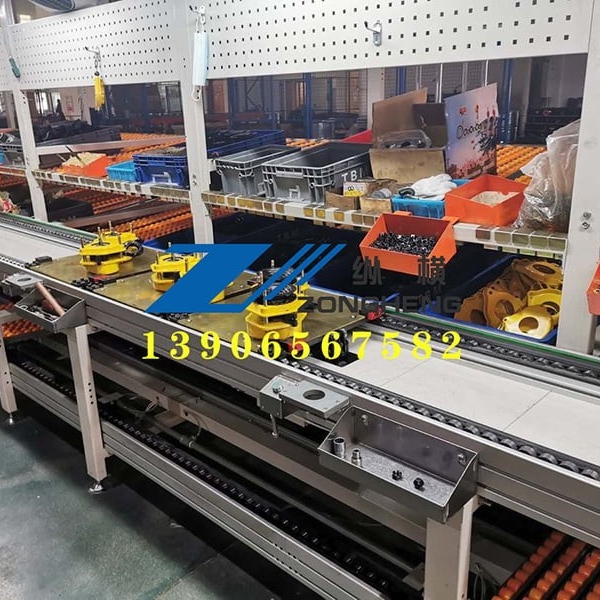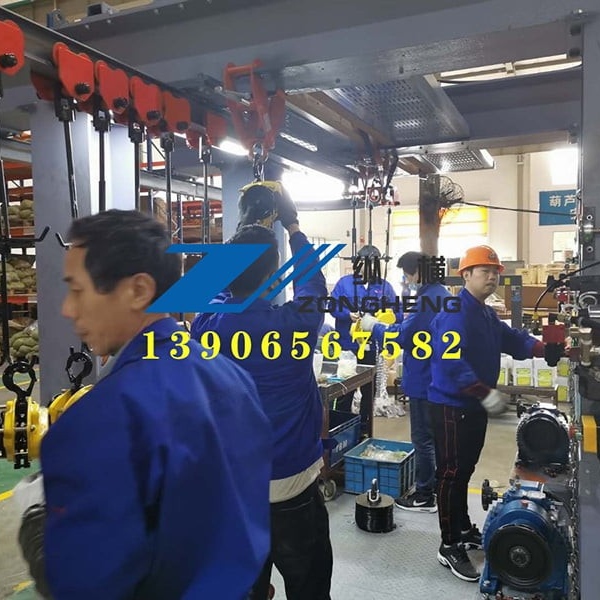Trigger Hoist Assembly Line
Trigger hoist assembly line is a type of equipment that uses a manual hoist for material handling in a production line. This type of line usually uses aluminum profiles as guide rails, along which the lever hoist is transported horizontally or vertically.
Details
1.Core components of a triggering hoist assembly line
Automatic processing unit
Key equipment: CNC machine tools, laser cutting machines, stamping presses, etc., used for high-precision processing of hoist components. While most operations are automated, manual rotation of the hoist is still required for certain fine-tuning procedures during final assembly. These processed parts are then ready for transfer materials to the next station via the trigger hoist conveyor assembly line.
Assembly and inspection station
Functional modules: including chain pre-tensioning device (which requires occasional manual rotation of the hoist for calibration), brake mounting platform, and load test bench. The trigger hoist conveyor assembly line ensures smooth transfer materials between these stations while maintaining precise alignment for assembly.
Intelligent Logistics System
AGV and Conveyor Line: The system integrates both automated transfer materials handling and manual rotation of the hoist positions when needed. The hoist conveyor assembly line works in tandem with laser-guided AGVs to optimize material flow throughout the production process.
2.Technical features and innovations
Modularized design
Flexibility: The system accommodates both automated processes and necessary manual rotation of the hoist for specific adjustments. This hybrid approach allows efficient transfer materials between modules while maintaining the throughput of the trigger hoist conveyor assembly line.
Optimization of human-machine collaboration
Collaborative robot application: While robots handle most tasks, skilled workers still perform manual rotation of the hoist for quality verification. The hoist conveyor assembly line synchronizes these human-robot interactions for optimal transfer materials efficiency.
Energy saving and environmental protection
The trigger hoist conveyor assembly line reduces energy consumption during transfer materials operations by 25% compared to traditional systems, while still allowing for rotation of the hoist when precision positioning is required.
3.Industry Application and Benefits
Typical application scenarios
Construction field: Combines the power of the trigger hoist conveyor assembly line with selective manual rotation of the hoist for final positioning. This ensures safe transfer materials of heavy loads up to 200 tons daily.
Logistics and warehousing: The system's ability to alternate between automated transfer materials and manual rotation of the hoist makes it ideal for mixed-load operations, achieving 5x efficiency gains over purely manual systems.
Economic Benefit Analysis
The trigger hoist conveyor assembly line increases daily output by 200% while reducing the need for rotation of the hoist to only critical quality checkpoints. This optimizes both labor costs and transfer materials efficiency.
4.Future Development Trends
Intelligent upgrade
Future systems will further reduce reliance on manual rotation of the hoist through AI-assisted alignment, while maintaining the flexibility of the trigger hoist conveyor assembly line for safe transfer materials handling.
Flexible Manufacturing
Next-gen designs will automate more transfer materials processes while preserving the option for manual rotation of the hoist for specialized custom orders.
Greening Transformation
The trigger hoist conveyor assembly line will incorporate energy recovery systems during transfer materials operations, complementing the existing benefits of selective manual rotation of the hoist for precision work.
